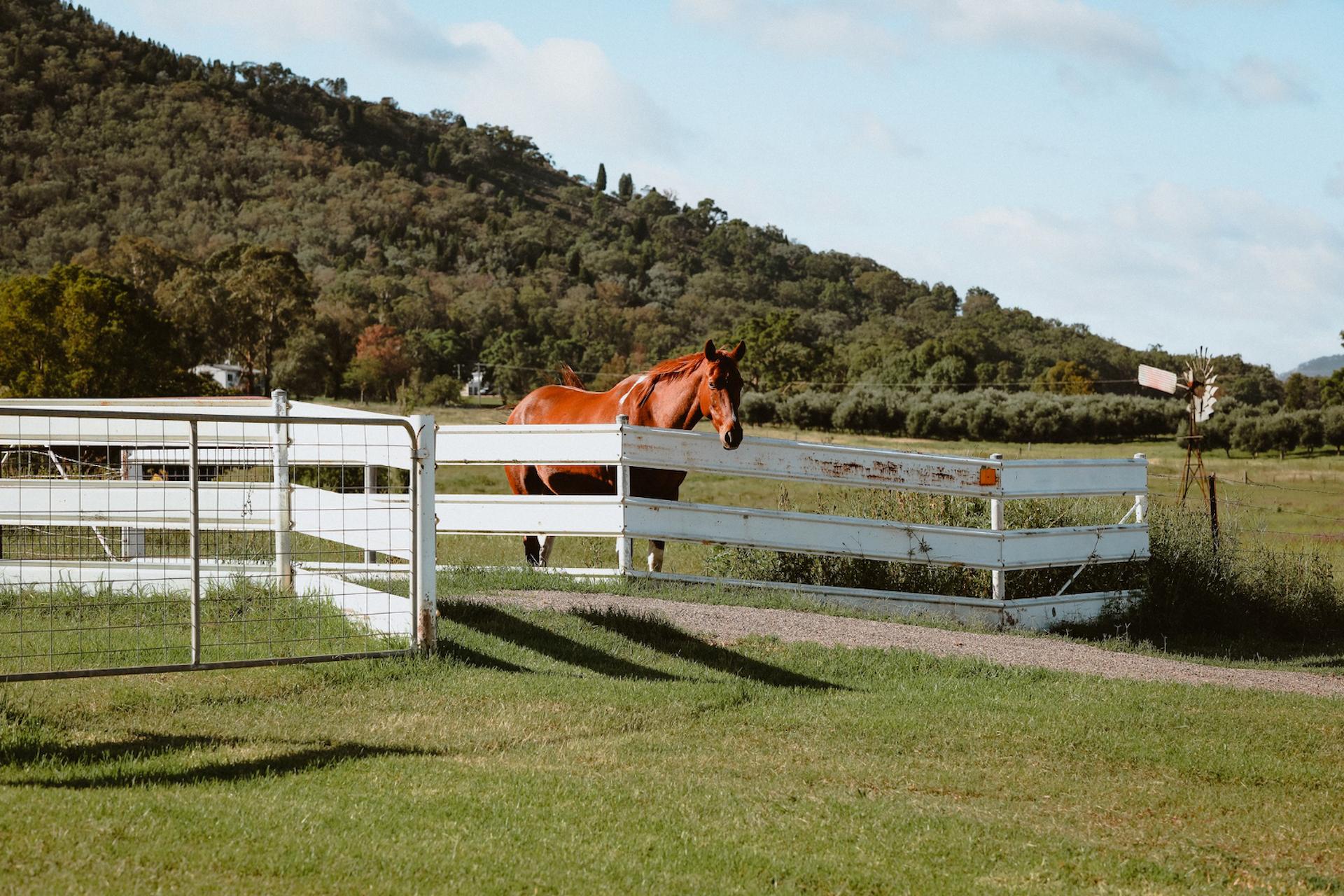
Some of the more annoying and disruptive behaviours displayed by horses are due to underlying causes such as pain, fear and stress and it is important to investigate thoroughly any behavioural problem as it can be an indicator of other issues. Diet can have some impact on behaviour too and so the next step is to make sure the horse feed used is appropriate for the work the horse is doing.
The Link Between Horse Feed & Behaviour
Incorrect feeding can have an impact on behaviour and there are 3 key areas to consider:
- Is the energy level in the diet correct
- What type of energy is being supplied
- Is the gut healthy
Let’s dive deeper into these three factors.
Is the energy level correct?
A horse who is seemingly lazy might be not getting enough energy from their feed and so it is important to check the amount of energy the horse is consuming is appropriate for the work they are doing. In addition, it is important to ensure that the diet is balanced as vitamins and minerals are involved in energy metabolism and a shortfall can result in poor energy levels. This is common in good doers where the diet is restricted to manage their weight.
Conversely, poor doers often require larger amounts of horse feed and if it is largely cereal based it supplies a lot of quick release energy. In these situations a higher calorie horse feed based on fibre and oil is the best option for avoiding over-excitable behaviour.
What type of energy is being supplied?
Energy is divided into slow release which comes from fibre and oil and quick release which comes from sugar and starch. If a horse tends to be over-excitable it is recommended to use slow release energy horse feeds. High quality fibre sources such as sugar beet and alfalfa can still provide relatively high levels of energy and so can be useful for promoting weight gain. Oils are the most energy dense horse feed but it is in a slow release form so again ideal for promoting weight gain in hot headed individuals.
For lazy horses it is worth trying cereals to see if the quick release energy they supply has an impact on the horse’s energy levels. It is essential however to ensure the horse is not overweight and the diet is balanced before resorting to using quick release energy. This is because starch in the cereals increases the risk of digestive upsets and other diseases such as laminitis and so it should only be used when other areas have been addressed.
Is the gut healthy?
Much like humans, horses can also experience intolerances to some food types such as barley or molasses. The most common indications of an intolerance are behavioural issues or skin reactions such as urticaria. Behavioural issues can also occur as a result of problems like gastric ulcers. When the horse moves, the acidic contents of the stomach splash around causing damage to the sensitive lining of the stomach. This can cause a lot of pain but from the outside there are often few if any indications that anything is wrong. The only sign of the horse’s discomfort can be a reluctance to move forward and in extreme situations they may try to get the rider off.
This last example is really why it is so important to check for possible underlying issues when horses misbehave, especially if it is not their normal character. A change of horse feed can help so it is worth contacting a nutritionist and investing in lessons with an experienced trainer can also help deal with genuine naughty behaviour.
Leave a Reply